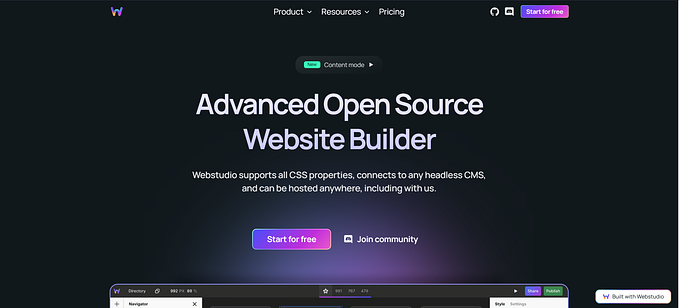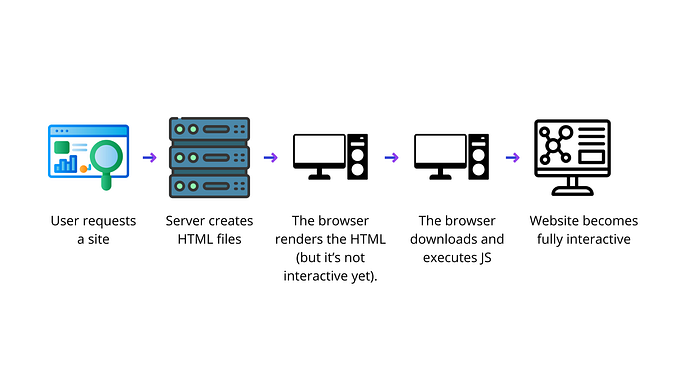Member-only story
Why Next.js is better for headless CMS?

I have personal experience with Next.js, and I find it to be better than other frameworks for headless CMS platforms like Sanity.io, Strapi CMS, Contentful CMS, Dato CMS, Payload CMS, and many other CMS.

1. Efficiency: Next.js offers server-side rendering (SSR) and static site generation (SSG) capabilities, enhancing performance by generating pages at build time or on-demand. This can significantly improve page speed performance. Additionally, it supports getServerSideProps, getStaticProps, and getStaticPaths for fetching data efficiently.
2. SEO: With SSR and SSG, Next.js delivers fully rendered HTML to crawlers, enhancing search engine optimization compared to client-rendered apps. Next.js also supports custom plugins, such as next-seo, and offers features like page routing through the _document.tsx file. Additionally, NextHead and NextScript components help load scripts and meta tags quickly, further improving performance and SEO
3. Flexibility: Next.js allows seamless integration with various data sources, including headless CMS platforms like Sanity.io, Strapi, and Contentful, providing flexibility in content management and delivery. It also supports…









